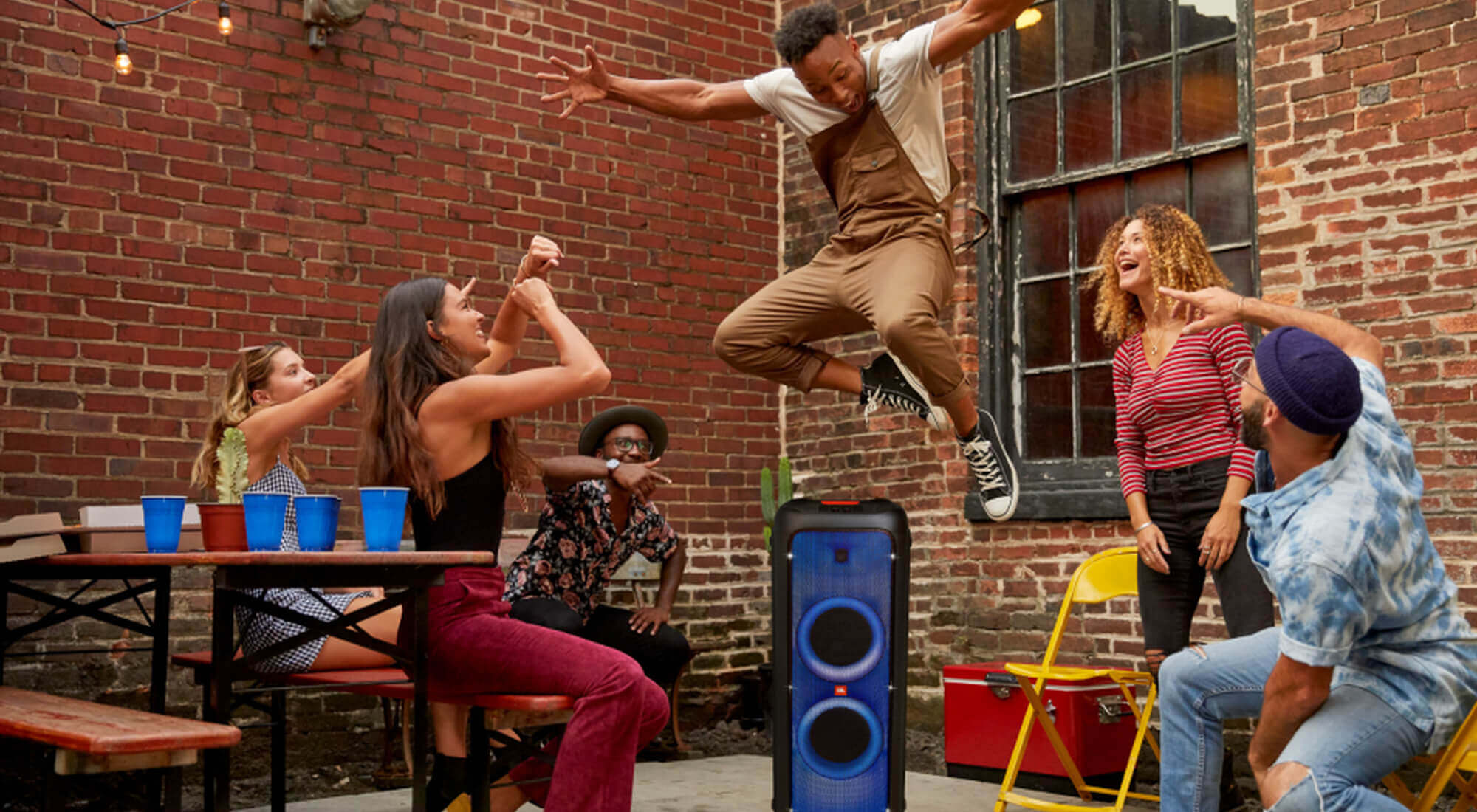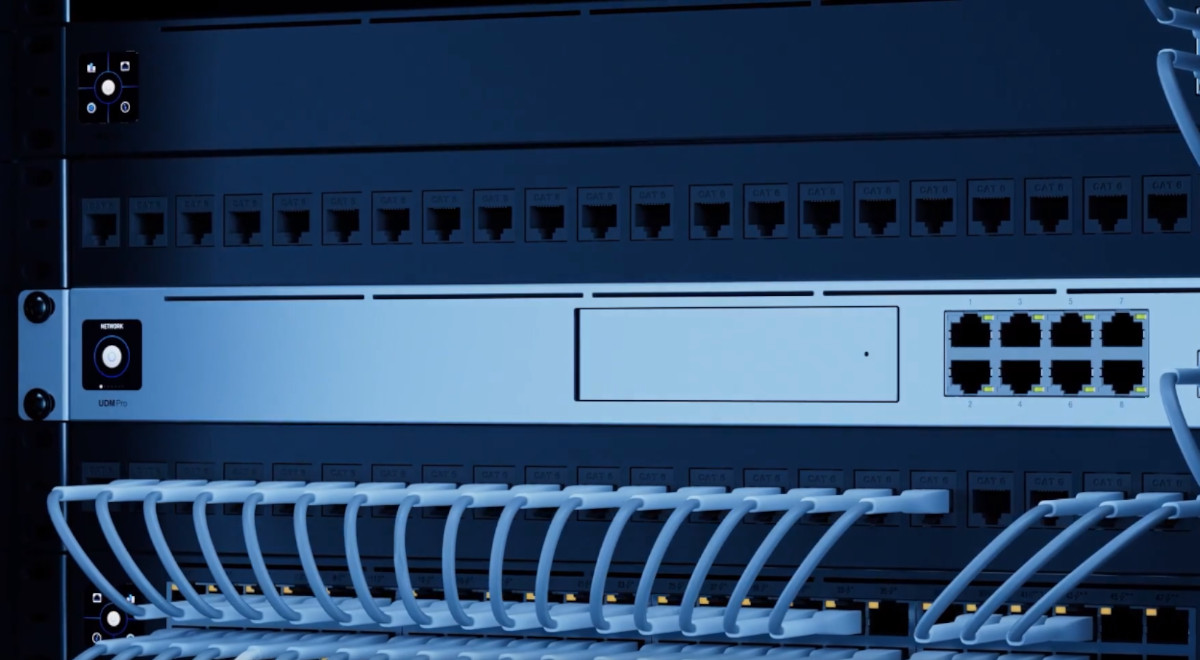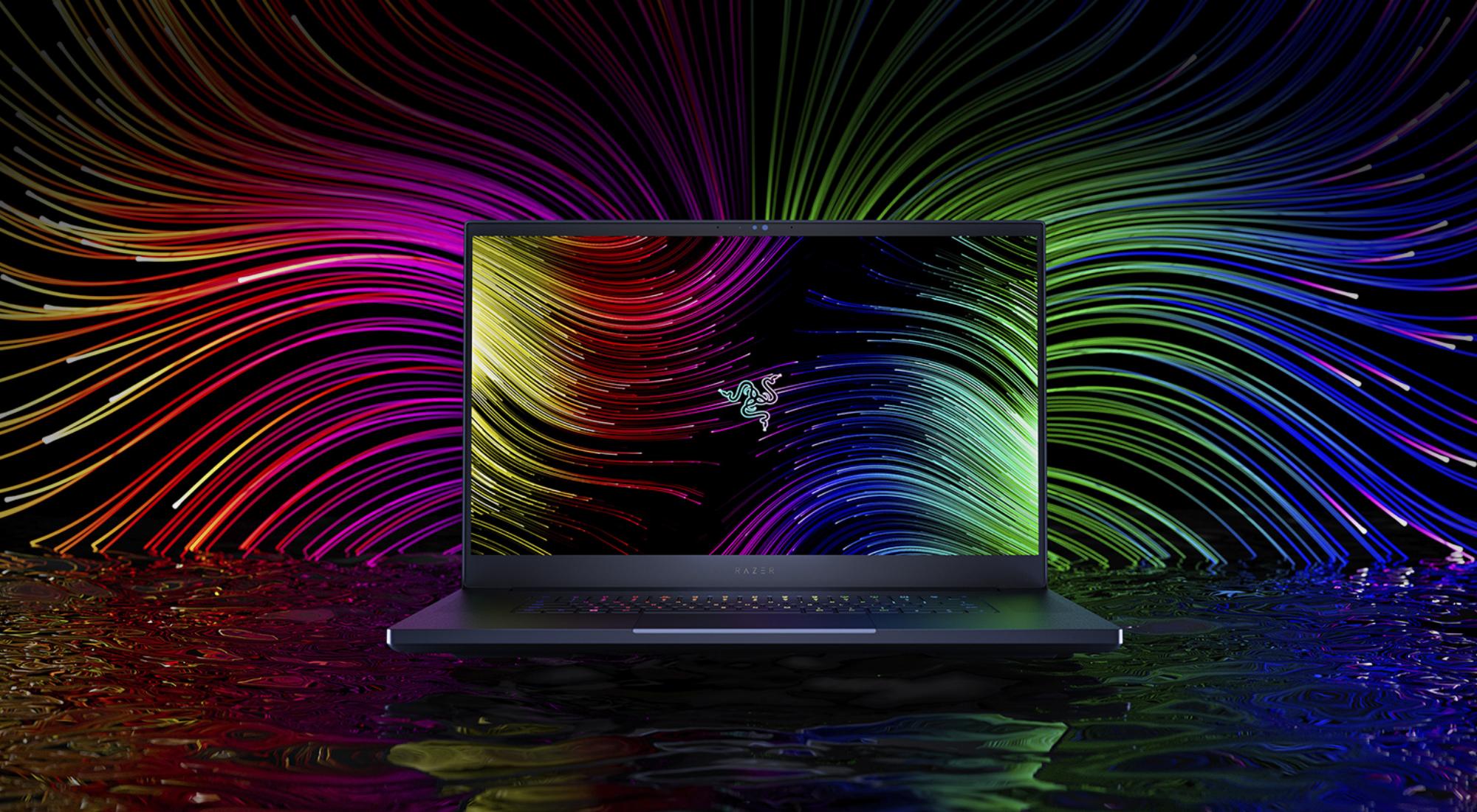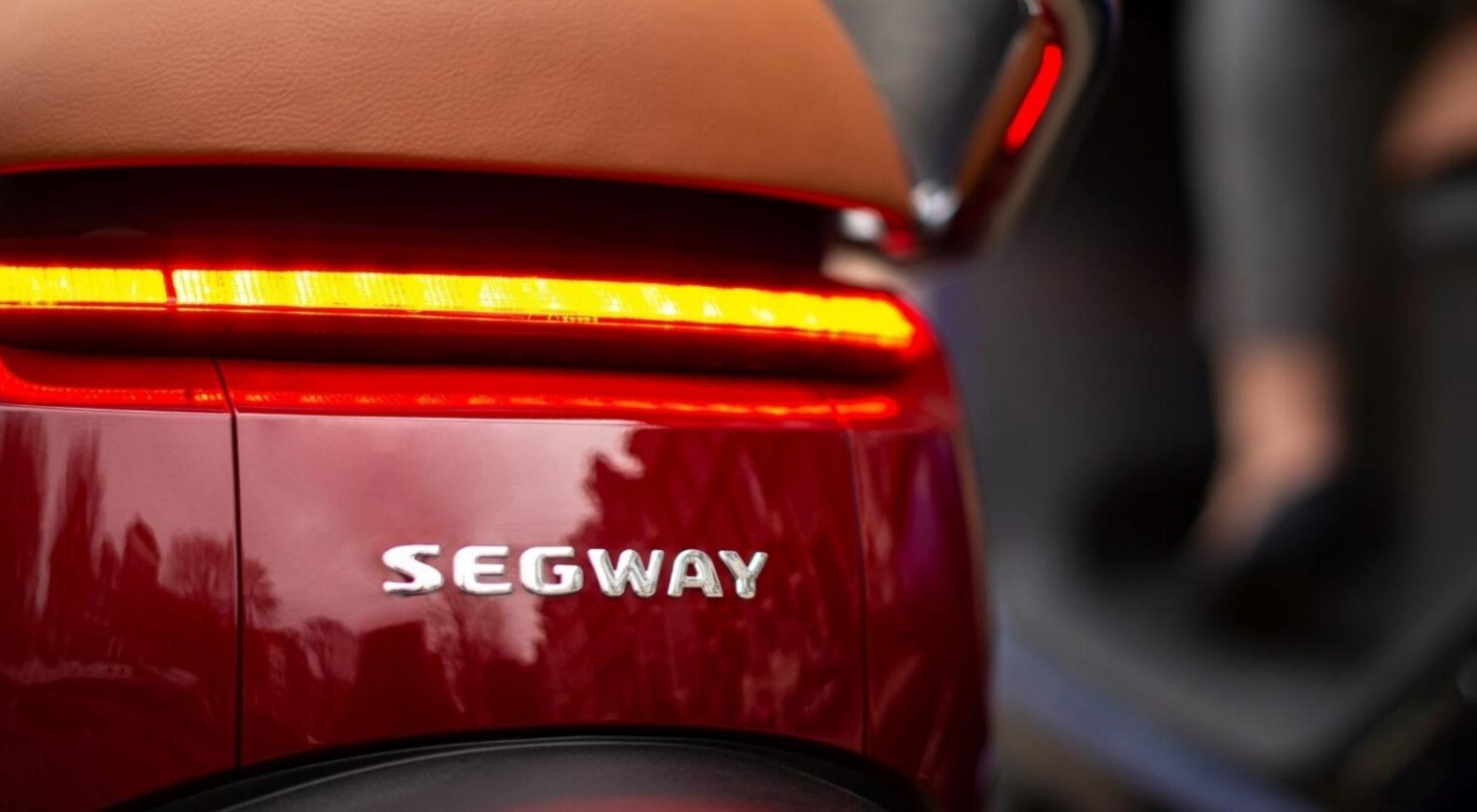Everything you’ll need to know about drone flying in Australia
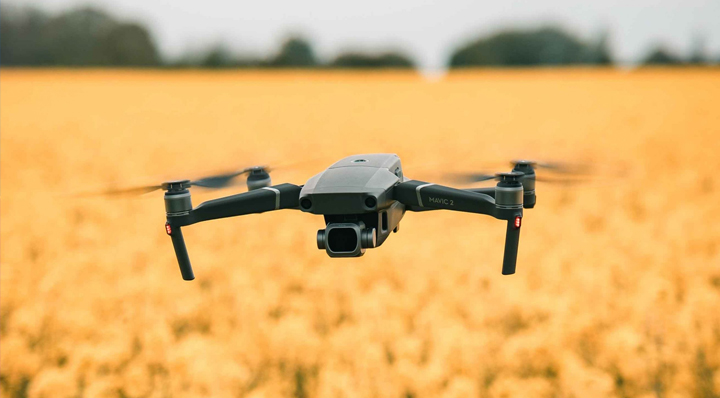
What are drones and how do they work?
A Drone is a four-rotor aircraft that combines many advanced and newer technologies from radio-controlled (R/C) flights. Drones usually feature high-resolution cameras which allow you to take amazing photos/videos from an aerial view.
Unlike the low-budget R/C helicopters, AR Drones are controlled by your iPhone/iPad/iPod Touch or Android device via the Drone’s built-in WiFi system. The plus side of this system is that the cost of including a radio transmitter is eliminated but the downside is you are limited to the range of Wifi signal which is about 45 meters. This can also be extended depending on the model, some companies like DJI support an external controller that has extended antennas to allow you to control the drones from a further distance. Drones will be relatively easy to fly for beginners as it has advanced controls and software which do not require as much dexterity and practice as with atypical 2.4 GHZ radio-controlled aircraft. However, as with everything new, you will require some practice before you’re an expert flyer.
Some drones you may see come with foam protecting the rotors, which some companies may say they’re designed so that they’re flyable indoors. However, this isn’t something we recommend at all, most in door spaces are too small to maneuver around with a drone. We only recommend using them outside.
Most drones feature a 3-axis accelerometer as well as a 2-access gyroscope. Sonars provide altitude stabilization up to a certain amount. Above that range of the sonar, some drones may require more control input to maintain height.
Some drones even have extra features, such as FPS mode which allows you to use a VR headset to view the camera rather than looking at a screen. You can buy some with extra accessories such as an external controller allowing you to have a physical controller which makes it much easier to control and fly the drone rather than through your touchscreen. You may even find some with thermal cameras that detect heat and create heat map videos that some people may use for example, in a working environment.
Note – if you want to get started in the world of quadcopters and multi-rotors at a much lower price point than some of the most expensive ones. We highly recommend the DJI Mavic mini if you’re looking at an entry level enthusiast drone.

Where can I fly a drone in Australia?
Well, there’s a time and place for everything, including drones. So there are a few rules you have to follow, especially if you’re just in a suburban or urban area.
- You must not fly your drone higher than 120 meters (400 feet) above ground level.
- You must keep your drone at least 30 meters away from other people.
- You must only fly one drone at a time.
- You must keep your drone within visual line of sight. This means always being able to see the drone with your own eyes (rather than through a device, screen or goggles).
- You must not fly over or above people or in a populous area. This could include beaches, parks, events, or sports ovals where there is a game in progress.
- Respect personal privacy. Don’t record or photograph people without their consent — this may breach other laws.
- If your drone weighs more than 250 grams, you must fly at least 5.5 kilometers away from a controlled airport, which generally have a control tower at them.
- Remember, you must not operate your drone in a way that creates a hazard to another aircraft, person or property.
- You must only fly during the day and you must not fly through cloud or fog.
- You must not fly your drone over or near an area affecting public safety or where emergency operations are underway. This could include situations such as a car crash, police operations, fire or firefighting efforts or search and rescue.
- If you're near a helicopter landing site or smaller aerodrome without a control tower, you can fly your drone within 5.5 kilometers. If you become aware of manned aircraft nearby, you will have to maneuver away and land your drone as quickly and safely as possible.
- If you intend to fly your drone for or at work (commercially), there are extra rules you must follow. You will need a remote pilot license (RePL) or fly in the excluded category (sub-2 kilogram or private landholder). The excluded category can be viewed on the casa.gov.au website which you can find here.

Drone flying tips
While most drones come with detailed instructions, they may not always have the handy tips that you should know about, at least on your first time flying a drone. We’ve compiled a handful of tips for you.
- Have a High Contrast Ground when lifting off.
Before taking off, try having a high-contrast pattern underneath the drone before taking off. A carpet for example is not a high-contrast pattern, you’ll need both very dark and very light patterns. Drones use motion tracking with their underside camera to stabilize their left/right/forward/back position which is important when taking off. It uses the onboard sensors to stabilize its altitude, but the bottom camera doesn’t have enough resolution to track the pattern of a carpet. A lot of drones come with “take-off” panels, which aren’t really needed, but they are handy if you’re unable to find a high-contrast surface.
- Turn the settings down
Before your first flight, go into the settings and anything you can put down to the minimum, including sensitivity, then do it. We recommend this as not all drones are built the same and not every environment you fly them in will be the same. Having the lowest settings allows you to control the drones as well as possible, to help you get a better feeling as to how it’s operated. Once you’re more familiar, increase the settings slowly.
- Stabilize before flying away
Most drones have auto-stabilization, but even then, we still recommend making sure your drone is stabilized before taking off. At times, a surprise gust of wind may take out your drone and sometimes, if you take off too fast without it being stable, it may lose control and potentially damage the drone.
- Let it land itself
This is the best feature in all drones. If your drone features a self-landing mode, always let it do it. It’s simple, it’s easy and you don’t have to worry about crashing it yourself.
We have a large selection of drones and we recommend taking a look below to see what models we stock. Don't hesitate to contact us if you have any questions.









